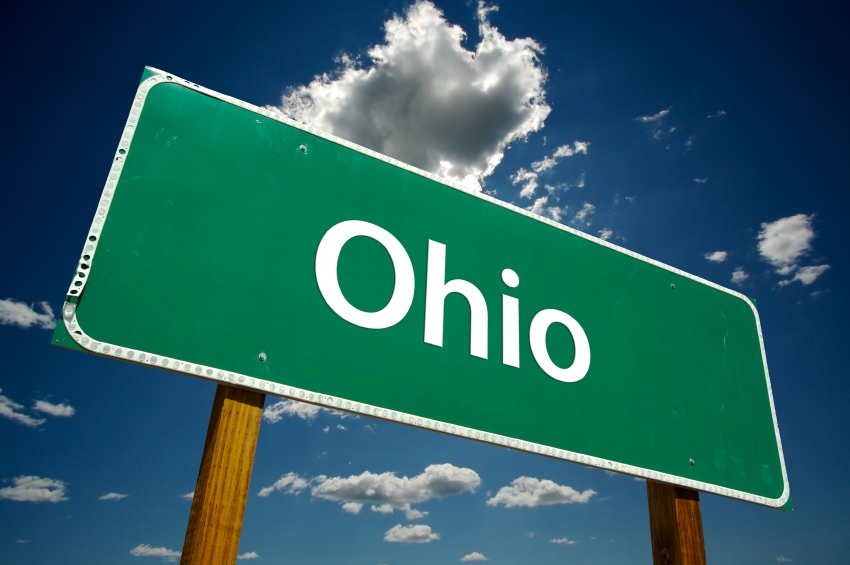 Photo: Alex LeungCross-posted from the Natural Resources Defense Council.
Photo: Alex LeungCross-posted from the Natural Resources Defense Council.
Walmart plans to expand into urban markets with smaller stores that carry fresh food, writes Jayne O’Donnell in USA Today. O’Donnell reports that the giant retailer is looking for suitable locations in city environments across the country.
Is this a good thing?
Urbanists, preservationists, and smart growth advocates, including yours truly, have roundly criticized Walmart’s well-known business model of building mega-stores of up to 200,000 square feet with 15 to 20-acre surface parking lots on the outer suburban fringe. Notwithstanding the company’s efforts to be known for sustainability, no corporation has been more emblematic of the worst of suburban sprawl than this one. While Walmart has dabbled in store locations that recycle older properties on occasion, it has generally rebuffed advocates’ efforts to persuade it to avoid historic sites, such as the one adjoining the Wilderness Battlefield in rural Virginia where 29,000 Americans were killed, captured, or wounded in a two-day battle in 1864. The retailer also has not warmed to requests to incorporate urbanist features into store design (see a related issue here). Nor has it felt much responsibility for the blight left behind by thousands of Walmarts the company has abandoned in pursuit of (literally) greener pastures.
In Better Models for Superstores, ahead of its time in 1997, my friend Constance Beaumont argued that large retailers could do better to fit inside
Now, though, it seems that Walmart is ready for the city. The company has already had some limited experience with smaller stores, with a product line called Marketside, which features stores of about 15,000 square feet, selling fresh food, and one called Neighborhood Market, with stores around 40,000 square feet, featuring “a quick and convenient shopping experience for customers who need groceries, pharmaceuticals, and general merchandise all at our famous Every Day Low Prices.” (It says a lot that 40,000 square feet — only slightly smaller than a regulation football field — now is considered a “smaller” size.) As of July of this year, the company had 181 Neighborhood Markets and four Marketside prototypes, the latter all in the Phoenix area.
For comparison, as of July there were 794 Walmart discount stores (the standard format 10 years ago) and 2,784 Walmart Supercenters, along with 606 Sam’s Club stores — all larger, sprawling facilities — in the U.S. Despite the recession, the company has been doing well: net sales for the first quarter of fiscal year 2011 were $99.1 billion, a 6.0 percent increase over the $93.5 billion in the first quarter last year. In fiscal year 2010 (ended Jan. 31, 2010), Walmart reported net sales of $405 billion, an increase of 1.0 percent over the previous year.
What really seems to be happening is that the retailer has already saturated the suburban/exurban market — especially given that those sprawling places are not experiencing the same population gains that they once were, and it sees the city as a new and growing opportunity. Madison Riley, managing director of the retail consulting firm Kurt Salmon Associates, told O’Donnell that “Urban is just the next frontier. There are only so many places they can grow.”
O’Donnell’s article reports that plans for the urban expansion will be unveiled next month at a meeting with analysts at Walmart’s Arkansas headquarters, and that “the new 20,000-square-foot stores would likely combine the Marketside and Neighborhood Markets formats.” It must be noted, though, that both of the two existing smaller-store formats have so far been placed primarily in suburban, automobile-dependent locations, not highly walkable, urban ones. It remains to be seen how adaptable they are to environments that readers of this blog would consider “urban.”
But for the moment let’s take Walmart at its word that these will be urban stores. If so the upshot will be that advocates asked the company to consider more urban-friendly formats and, by coincidence, that is what cities may soon be getting. But cities will be getting them not because Walmart’s commitment to sustainability is leading them to move away from unsustainable sprawl but largely because it has nearly exhausted current market opportunities in sprawl.
Does the move to a more urban concept mean that the company is abandoning its plans to build next to the Wilderness Battlefield in rural Virginia when other sites are available nearby? Not a chance. We may be getting the urban stores, all right, but in addition to the sprawling ones, not instead of them.



